The relationship between humans and animals has been a subject of fascination for centuries. While dogs wag their tails and cats purr to show affection, reptiles present a more enigmatic emotional landscape. The cold-blooded creatures with their unblinking eyes and expressionless faces have long been considered incapable of forming emotional connections with humans. However, recent scientific research and countless anecdotal evidence from reptile owners suggest that the truth might be more complex than previously thought. This article delves into the science behind reptile-human relationships, exploring whether these ancient creatures can truly form bonds with their human caretakers or if what we perceive as affection is merely a series of instinctual behaviors misinterpreted through the lens of human emotion.
The Neurological Differences Between Reptiles and Mammals

To understand reptilian capacity for bonding, we must first acknowledge the fundamental neurological differences between reptiles and mammals. Mammals, including humans, possess a limbic system—a complex set of brain structures involved in processing emotions, forming memories, and social bonding. This system includes the amygdala and hippocampus, crucial for emotional responses and memory formation. Reptiles, on the other hand, have a more primitive brain structure lacking the developed limbic system seen in mammals. Their brains are dominated by the basal ganglia, which controls instinctual behaviors rather than complex emotional responses. These neurological differences have led many scientists to conclude that reptiles are incapable of forming the same emotional attachments as mammals, operating primarily on instinct rather than emotional cognition.
Recognition and Familiarity in Reptiles

Despite their neurological limitations, research has shown that many reptile species demonstrate recognition abilities that might form the foundation for what we perceive as bonding. Studies have revealed that bearded dragons can recognize their owners, distinguishing them from strangers through visual and olfactory cues. Similarly, tortoises have demonstrated the ability to recognize human caretakers who feed them regularly, often approaching these familiar humans with what appears to be expectation or even excitement. This recognition doesn’t necessarily equate to emotional attachment but suggests reptiles can form associations between humans and positive experiences like feeding, handling, or security. This capacity for recognition and association formation may be the closest reptiles come to what mammals experience as bonding, operating on a simpler cognitive level but still resulting in behaviors that humans might interpret as affection.
The Role of Classical Conditioning in Reptile Behavior
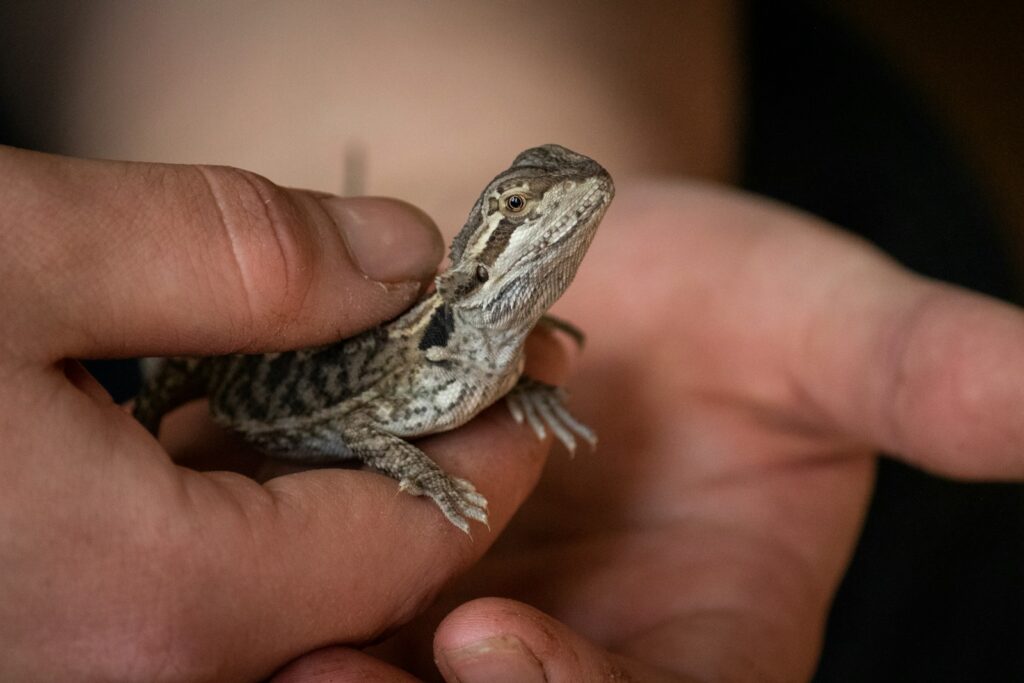
Many behaviors that reptile owners interpret as signs of affection can be explained through the lens of classical conditioning rather than emotional bonding. When a reptile approaches its owner, basks near them, or tolerates handling, these actions may simply result from the animal learning that humans provide food, warmth, or other resources. In a process similar to Pavlov’s famous experiments with dogs, reptiles can be conditioned to associate their owners with positive outcomes. For example, a bearded dragon that climbs onto its owner’s hand may not be seeking affection but has learned that this behavior often leads to being taken out of the enclosure to explore or bask in sunlight. This conditioning creates reliable behavioral patterns that can appear affectionate but are actually motivated by the reptile’s assessment of how to meet its basic needs most efficiently.
Species-Specific Differences in Social Capacity
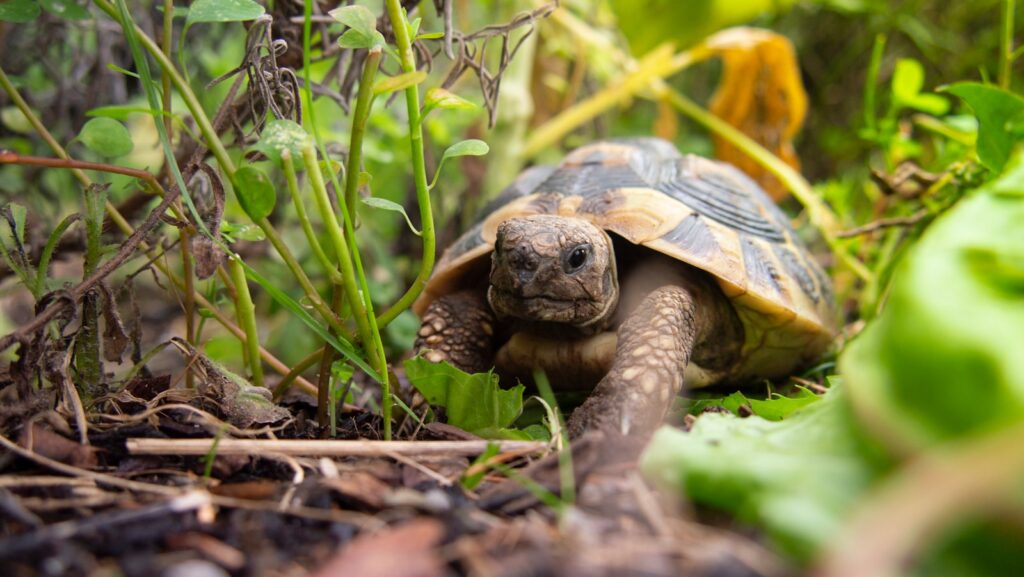
Not all reptiles demonstrate the same capacity for human interaction, with substantial variation existing between species. Bearded dragons and tegus are often cited as among the most “social” reptiles, frequently showing behaviors that owners interpret as recognition and even affection. These species will often voluntarily approach owners, remain calm during handling, and even appear to enjoy physical contact. Conversely, many snake species and certain lizards seem to merely tolerate human interaction without showing preference for their owners over strangers. Some tortoises demonstrate remarkable recognition abilities, approaching specific humans and sometimes following them around enclosures. Green iguanas, despite their reputation for aggression, have been documented forming what appear to be strong attachments to specific humans in some cases. These species-specific differences highlight the importance of avoiding generalizations about reptilian capacity for bonding across this diverse class of animals.
The Impact of Early Handling and Socialization
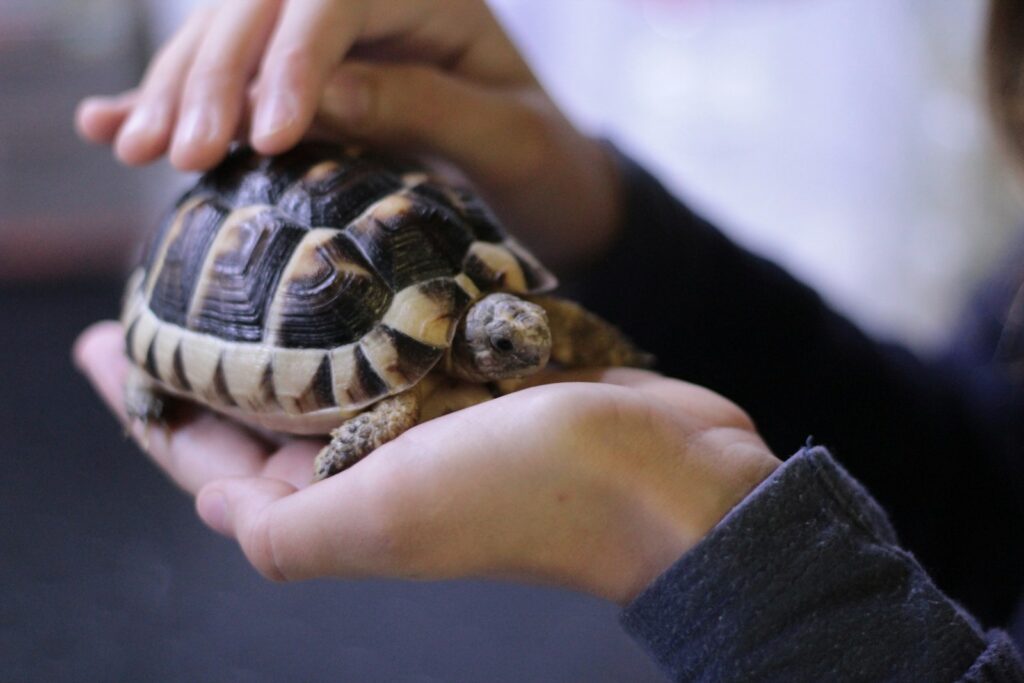
Research suggests that the timing and frequency of human interaction may significantly influence a reptile’s comfort with people, potentially affecting their capacity for what we perceive as bonding. Reptiles that are handled gently and frequently from a young age often develop greater tolerance for human interaction compared to wild-caught specimens or those handled infrequently. This early socialization creates a foundation of trust, as the reptile learns that human handling doesn’t represent a threat. Some studies with bearded dragons have shown that those exposed to regular gentle handling during their developmental periods show measurably different responses to humans later in life, approaching more readily and showing fewer stress responses during interaction. This evidence suggests that while reptiles may not bond in the mammalian sense, proper socialization can create relationship patterns that functionally resemble bonding from a behavioral perspective.
Measuring Stress Responses in Reptile-Human Interactions
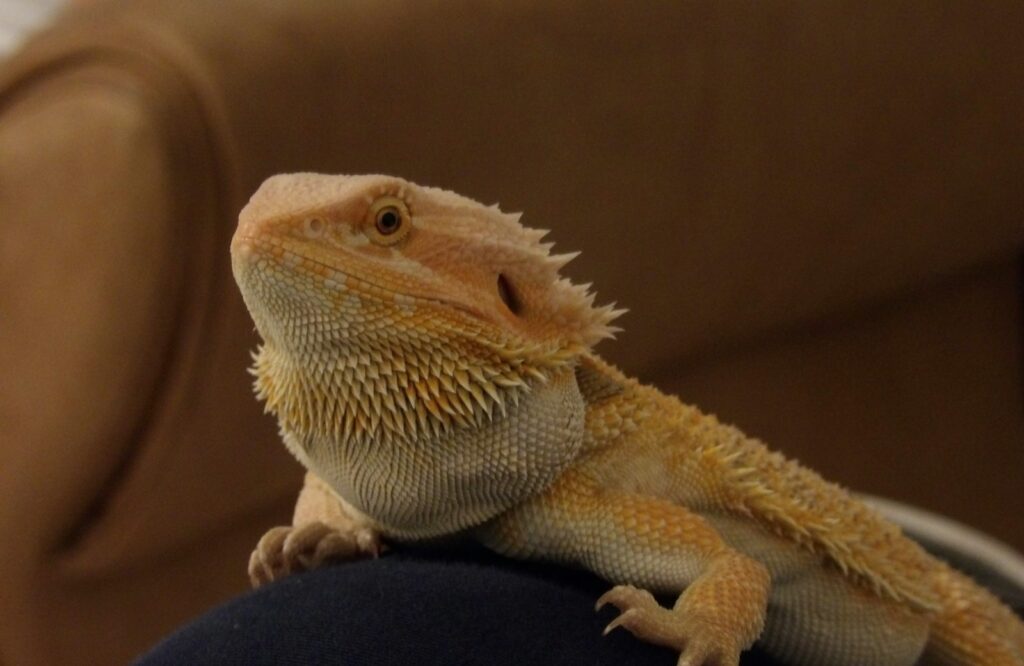
Scientists have developed methods to objectively measure stress responses in reptiles during human interaction, providing insights into potential bonding behaviors. Physiological indicators such as heart rate, corticosterone (stress hormone) levels, and behavioral markers like defensive postures or escape attempts can reveal whether a reptile is experiencing distress during human contact. Studies measuring these factors have found that some reptiles show dramatically reduced stress responses to their regular caretakers compared to strangers, suggesting a level of trust or comfort with familiar humans. For example, research with bearded dragons has documented lower heart rates and fewer defensive postures when handled by their owners versus unfamiliar people. These measurable differences suggest that while reptiles may not experience mammalian attachment, they do form differential responses to humans based on familiarity and positive associations, which represents a form of connection, albeit different from mammalian bonding.
The Controversy of Anthropomorphism in Reptile Ownership
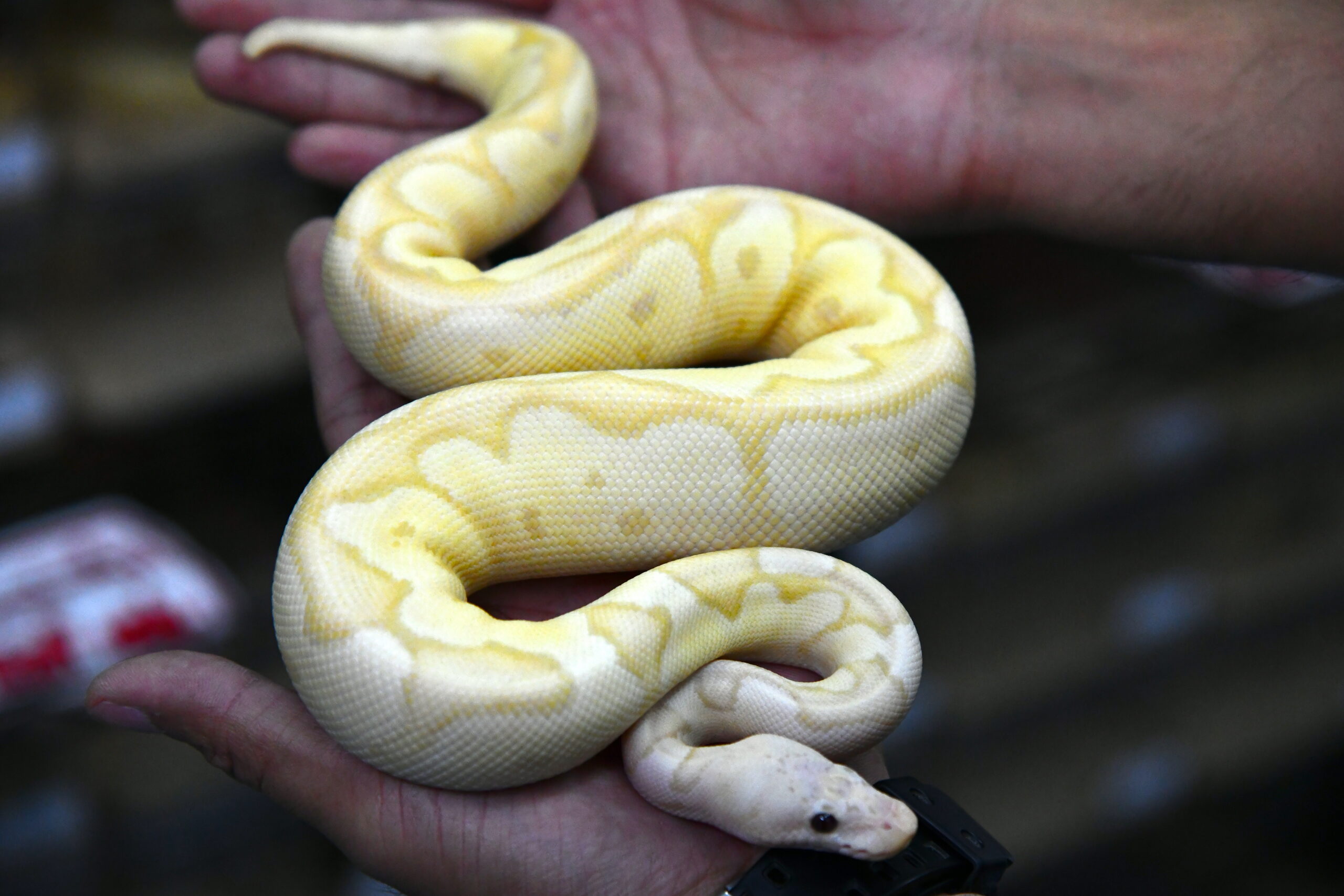
The tendency to attribute human emotions and motivations to animal behavior, known as anthropomorphism, creates significant challenges when assessing reptile-human bonding. Reptile owners often interpret behaviors through a human emotional framework, seeing affection where biologists might observe conditioned responses or resource-seeking behaviors. When a snake drapes itself around an owner’s neck, the human might perceive this as cuddling, while biologists explain it as the reptile seeking body heat. Similarly, a bearded dragon’s “wave” might be interpreted as a greeting, though it’s actually a submission display evolved for intraspecific communication. These anthropomorphic interpretations aren’t necessarily harmful and can enhance the human-reptile relationship by creating emotional satisfaction for the owner. However, they complicate scientific assessment of whether true bonding occurs. The challenge for researchers lies in separating objective behavioral observations from emotional projections to accurately understand the nature of reptile-human relationships.
Individual Personality Differences Among Reptiles
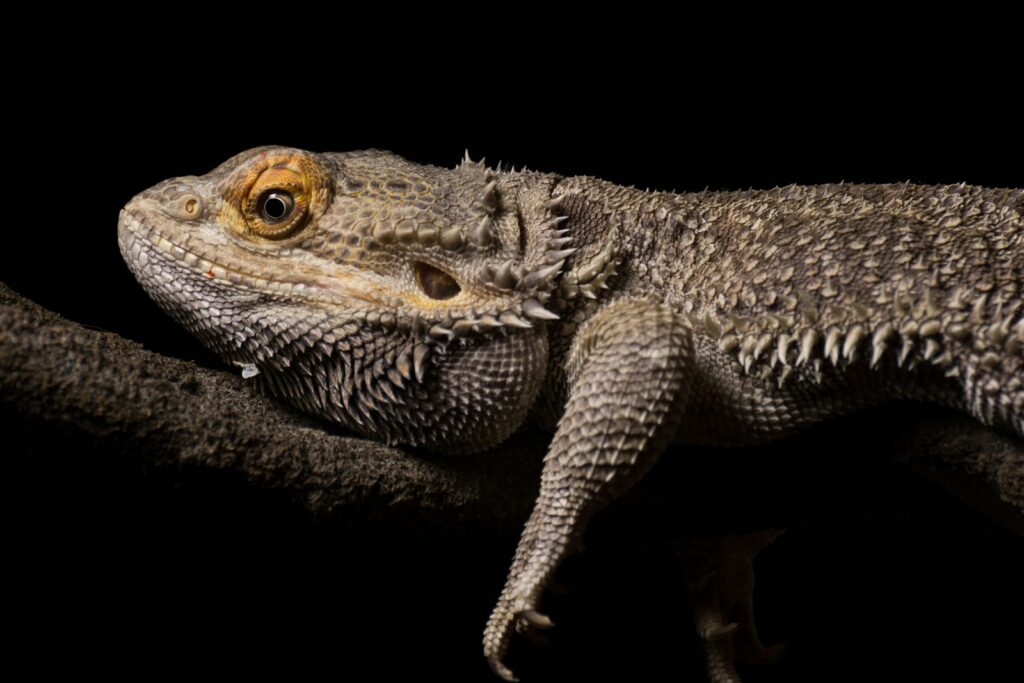
Emerging research has begun to document significant individual personality differences within reptile species, challenging the notion that all members of a species behave identically toward humans. Studies examining behavioral traits in bearded dragons, for instance, have found consistent individual differences in boldness, exploration, and sociability that persist across time and situations. Some individuals consistently seek human interaction, while others of the same species, age, and background remain wary despite identical treatment. These personality differences may explain why some reptile owners report bond-like connections with certain individuals but not others. Research with corn snakes has demonstrated that individual snakes show consistent behavioral patterns when approached by humans, with some regularly seeking contact while others reliably avoid it. These findings suggest that reptile-human relationships may depend not just on species-typical behavior but also on the unique personality of the individual animal, much as human relationships depend on compatible personalities.
The Potential Benefits of Companionship for Reptiles
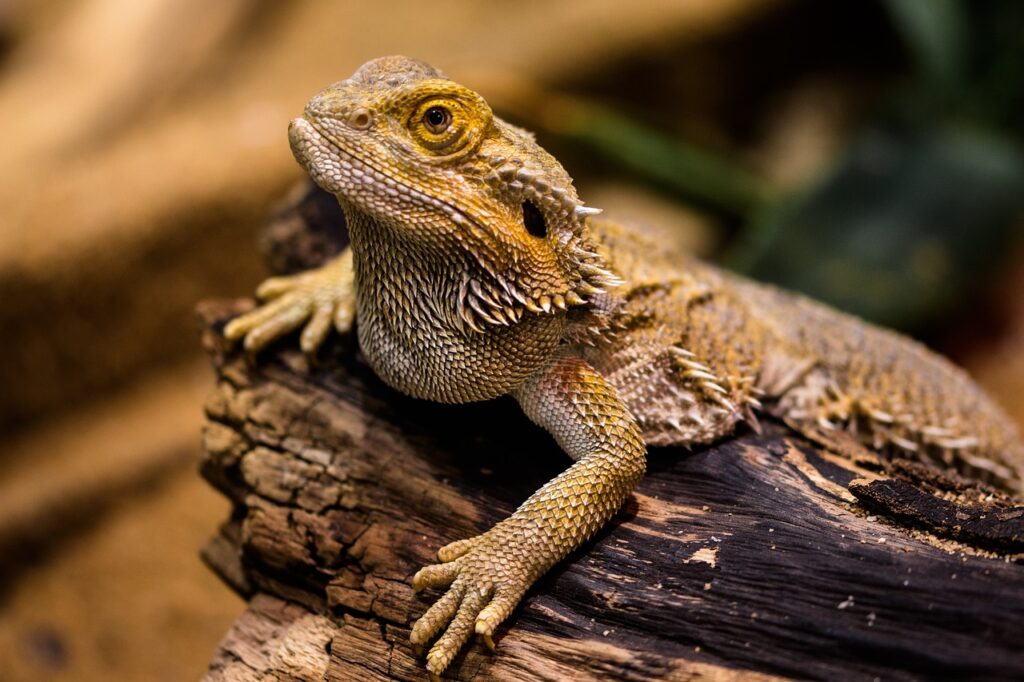
While the emotional aspects of reptile-human relationships remain debated, evidence suggests that many captive reptiles benefit from positive human interaction on a physiological level. Regular, gentle handling has been shown to reduce stress responses in some species over time, potentially improving overall health outcomes. Studies monitoring corticosterone levels in reptiles have found that those accustomed to positive human interaction often show fewer chronic stress markers than those that experience unpredictable or minimal handling. Additionally, interaction with responsive humans can provide valuable environmental enrichment for captive reptiles, stimulating their cognitive abilities and offering novel experiences that prevent the behavioral consequences of boredom. Bearded dragons given regular opportunities to explore outside their enclosures with their owners often show increased activity levels and feeding responses compared to those confined permanently to their habitats. These tangible benefits suggest that regardless of whether emotional bonding occurs, positive human-reptile relationships can contribute to reptilian welfare in captivity.
Comparing Reptile Bonding to Other Non-Mammalian Species
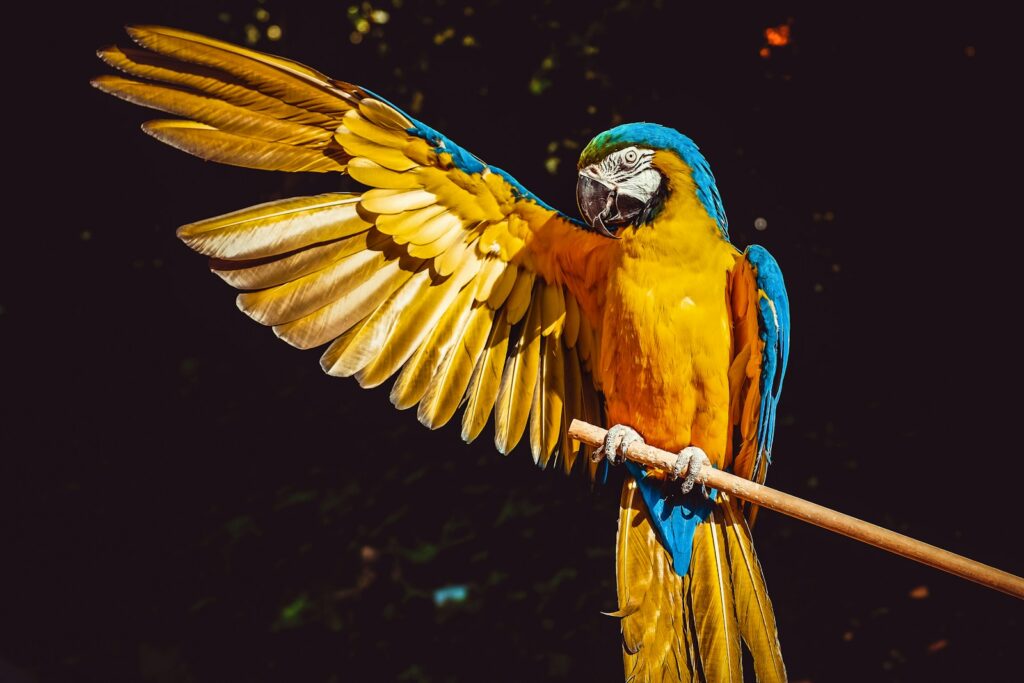
Examining how other non-mammalian species form relationships with humans provides useful context for understanding reptilian capabilities. Birds, particularly parrots and corvids, demonstrate remarkable attachment behaviors toward specific humans despite having brain structures that differ significantly from mammals. These birds recognize individual humans, show preference for their caretakers, and sometimes exhibit separation anxiety when apart from bonded humans. Fish species like oscars and pufferfish have been documented recognizing and preferentially approaching their regular caretakers, despite having even simpler brain structures than reptiles. The fact that these other non-mammalian animals can form detectable social bonds with humans suggests that the absence of a mammalian limbic system doesn’t necessarily preclude all forms of attachment. These comparisons raise the possibility that reptiles might form their own version of bonds through different neurological pathways than those used by mammals, adapting whatever cognitive architecture they possess to navigate relationships with humans who provide resources and safety.
The Ethical Implications of Reptile-Human Relationships
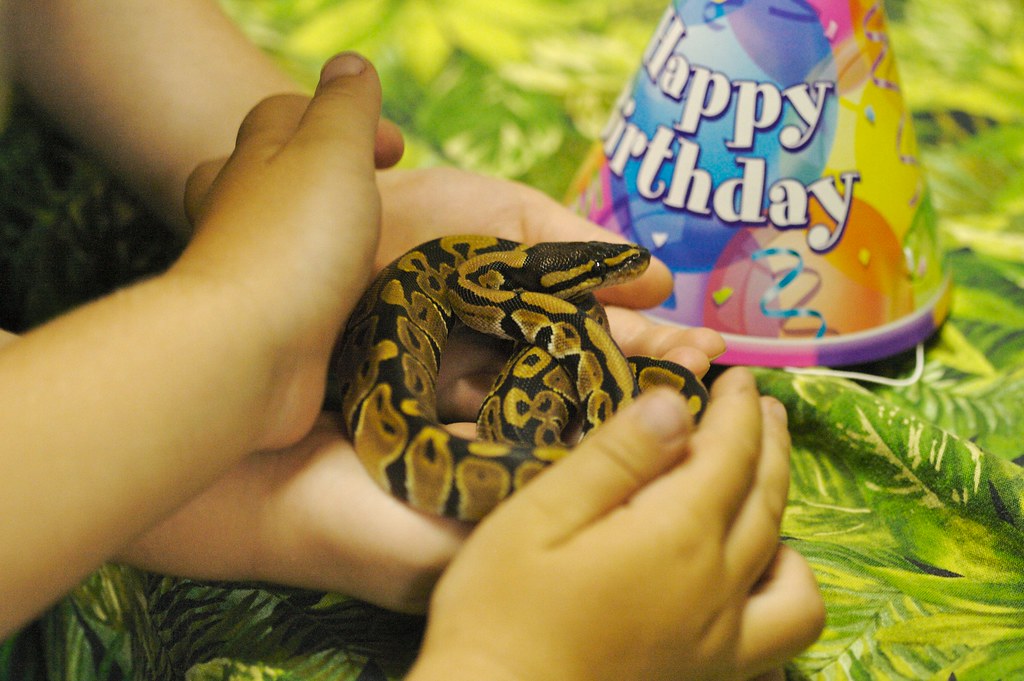
Understanding the true nature of reptile-human relationships carries significant ethical implications for how we keep these animals in captivity. If reptiles form genuine attachments to their caretakers, separating bonded animals from familiar humans could potentially cause distress beyond the expected stress of environmental change. Conversely, if reptiles merely tolerate humans as a means to resources, the ethical obligation shifts toward ensuring appropriate environmental conditions rather than emotional connection. The growing evidence that reptiles can recognize individual humans and form differential responses based on experience suggests that continuity of care may be more important than previously recognized. This understanding has practical applications in situations like reptile rehoming, where transition plans might need to account for the animal’s familiarity with specific humans. Additionally, these findings might inform protocols in zoological institutions, where limiting the number of caretakers for sensitive species could potentially reduce stress by maintaining consistency in human interactions.
Future Research Directions in Reptile Cognition
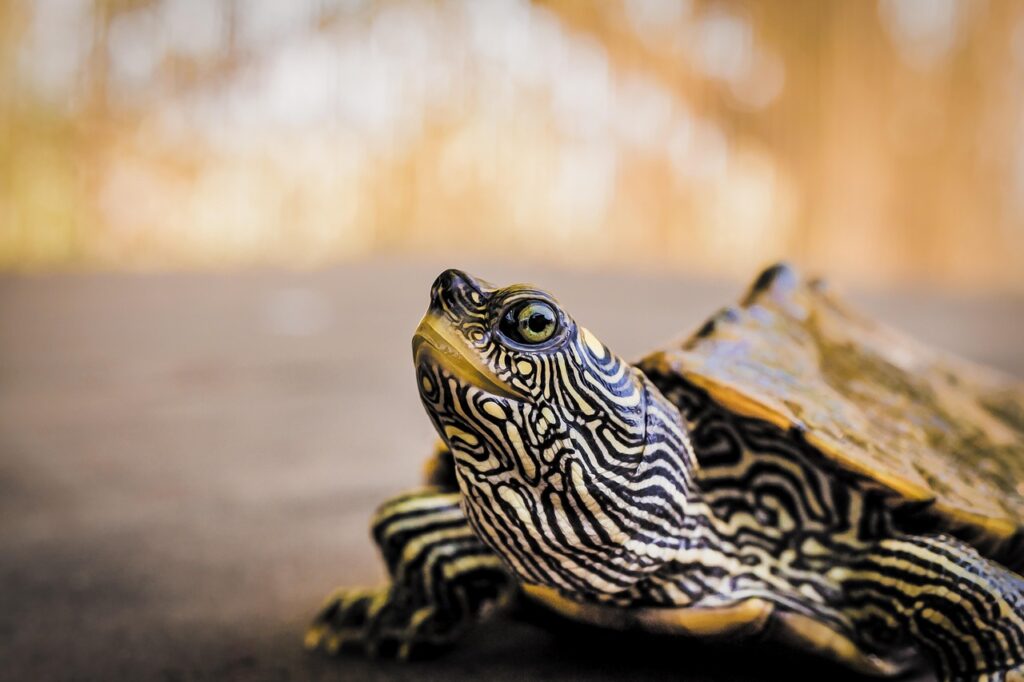
The field of reptile cognition and emotion remains relatively unexplored compared to mammalian and avian research, offering numerous opportunities for future scientific investigation. Advanced neuroimaging techniques adapted for reptilian subjects could potentially map brain activity during interactions with familiar and unfamiliar humans, providing objective data about how reptiles process human presence neurologically. Long-term studies tracking the development of reptile-human relationships over years rather than months could reveal whether these relationships deepen with time or reach a plateau. Innovative preference testing methods, where reptiles can choose between interaction with familiar humans, strangers, or solitude, might offer more conclusive evidence about their social preferences. Comparative studies examining captive-bred versus wild-caught specimens of the same species could further illuminate how early experience shapes capacity for human interaction. As research techniques advance and more scientists turn their attention to reptilian cognition, our understanding of these ancient creatures’ capacity for connection with humans will undoubtedly become more nuanced and evidence-based.
Conclusion: Redefining Bonding Across the Evolutionary Divide
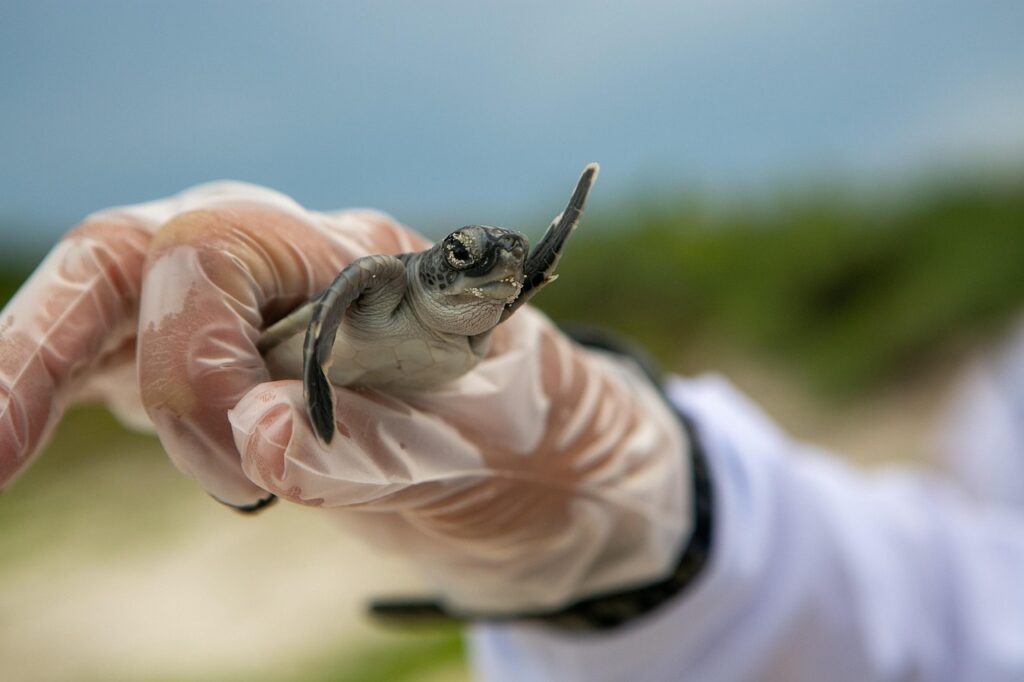
The question of whether reptiles can bond with humans invites us to reconsider what constitutes a bond across widely divergent species. While reptiles likely don’t experience the mammalian emotions that humans associate with bonding, evidence suggests they do form recognizable relationships with specific humans characterized by recognition, reduced defensive responses, and sometimes preference for familiar individuals. Rather than measuring reptilian attachment against mammalian standards, perhaps we should acknowledge that different evolutionary paths have created different forms of connection, each valid within its own neurological framework. What reptile owners experience as bonding may combine elements of the reptile’s capacity for recognition and association with the human’s emotional investment in the relationship. This perspective allows us to appreciate reptile-human relationships for what they are—unique cross-species connections that have evolved despite profound biological differences—rather than judging them against mammalian standards they were never evolved to meet. In this light, the ancient, inscrutable gaze of a reptile making a clear distinction between its caretaker and a stranger represents its own form of connection, mysterious but no less meaningful for those who share their lives with these remarkable survivors of evolutionary time.

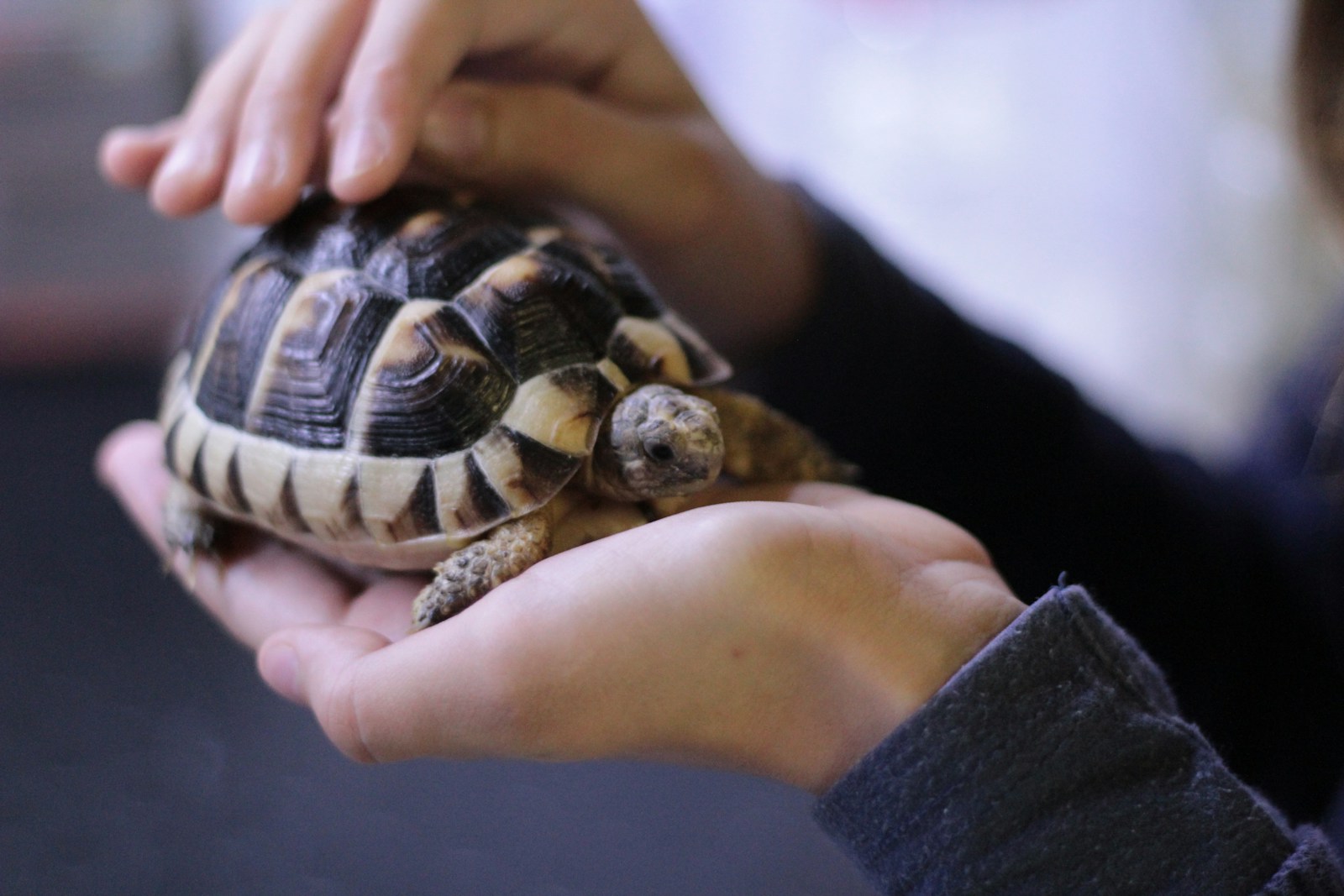
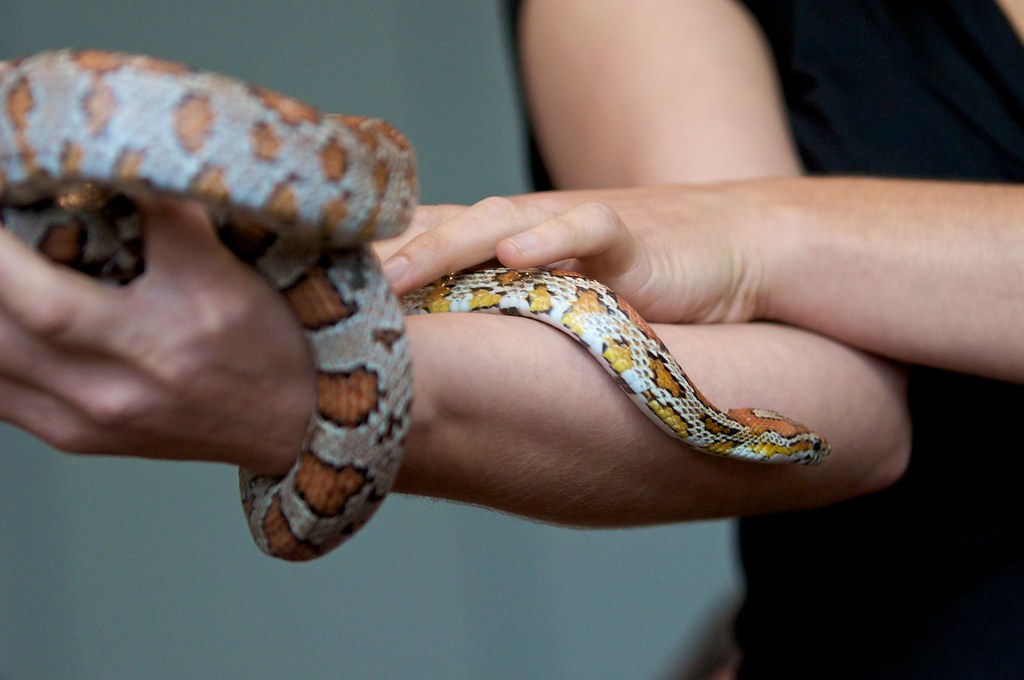


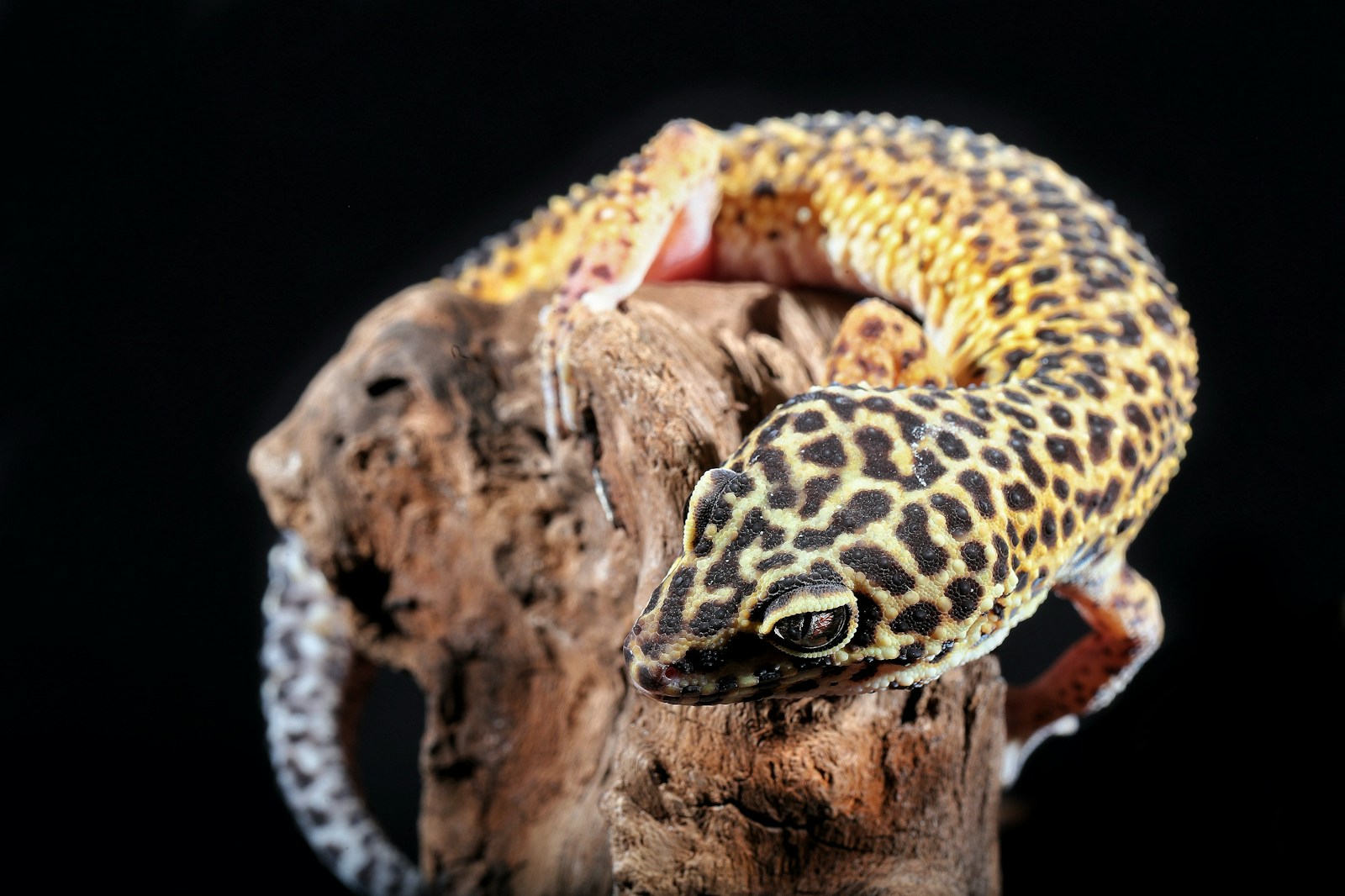
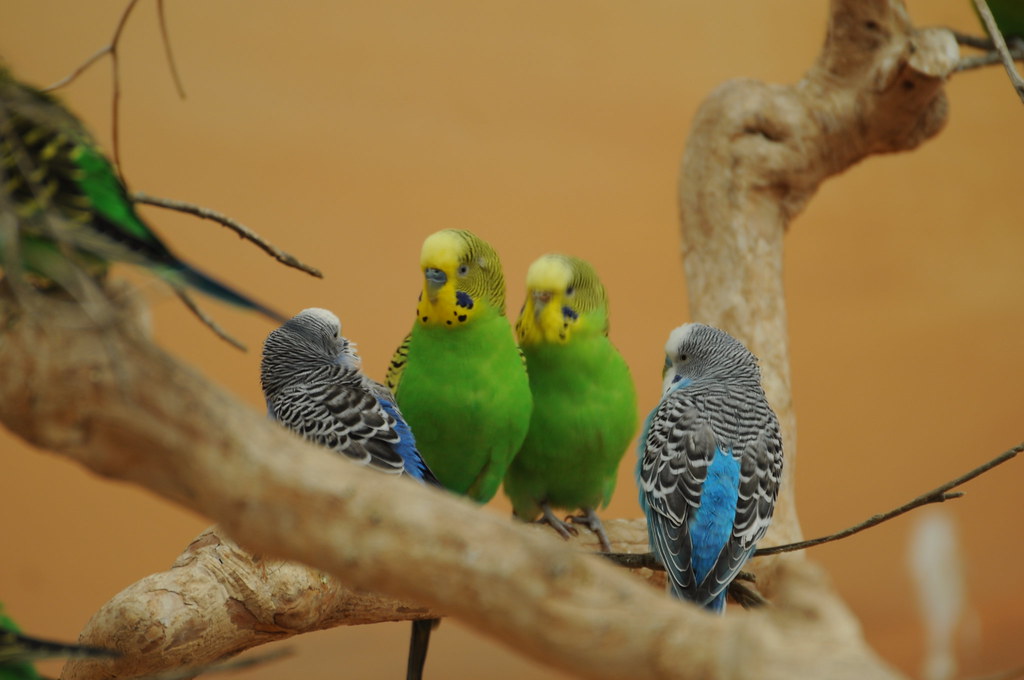
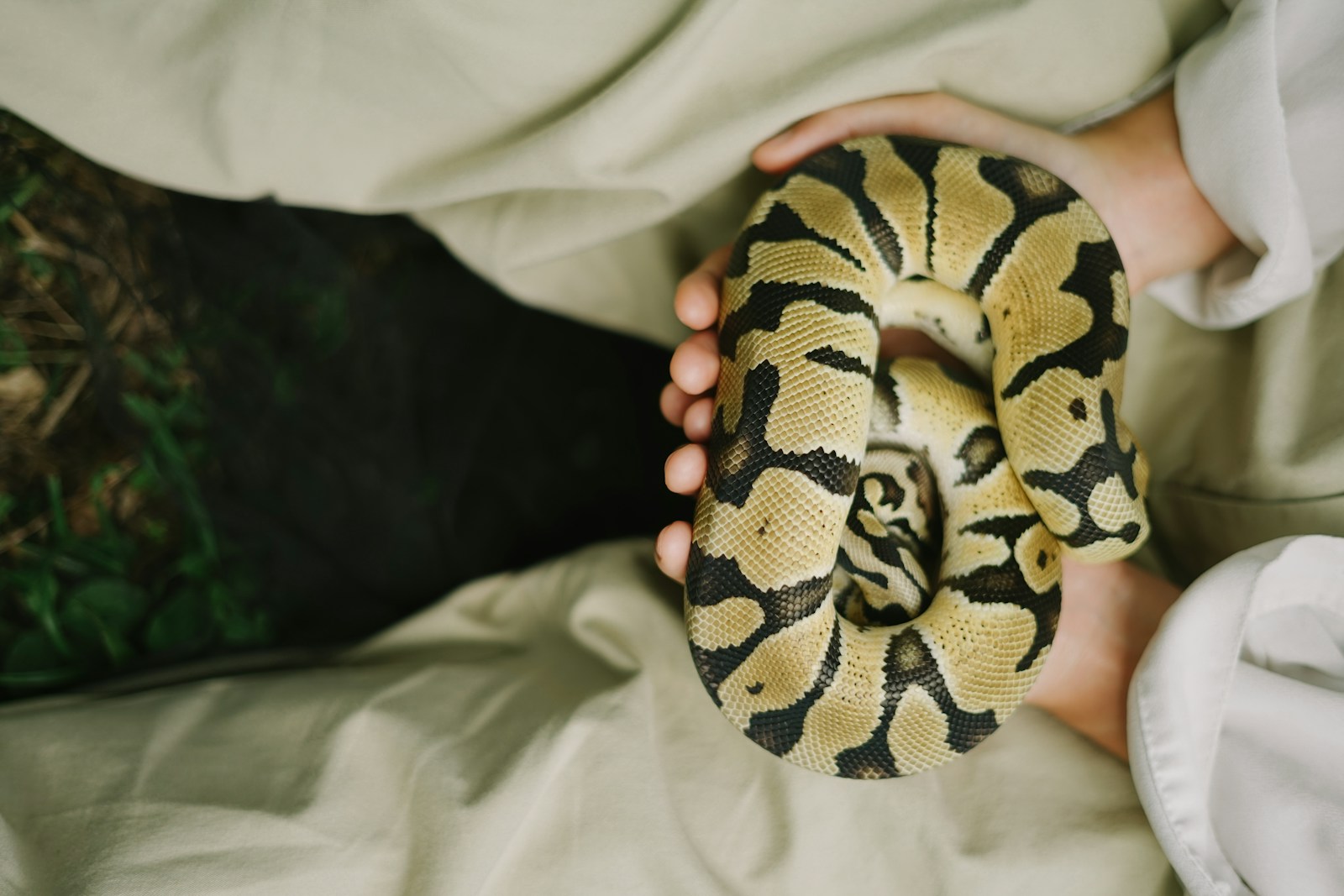
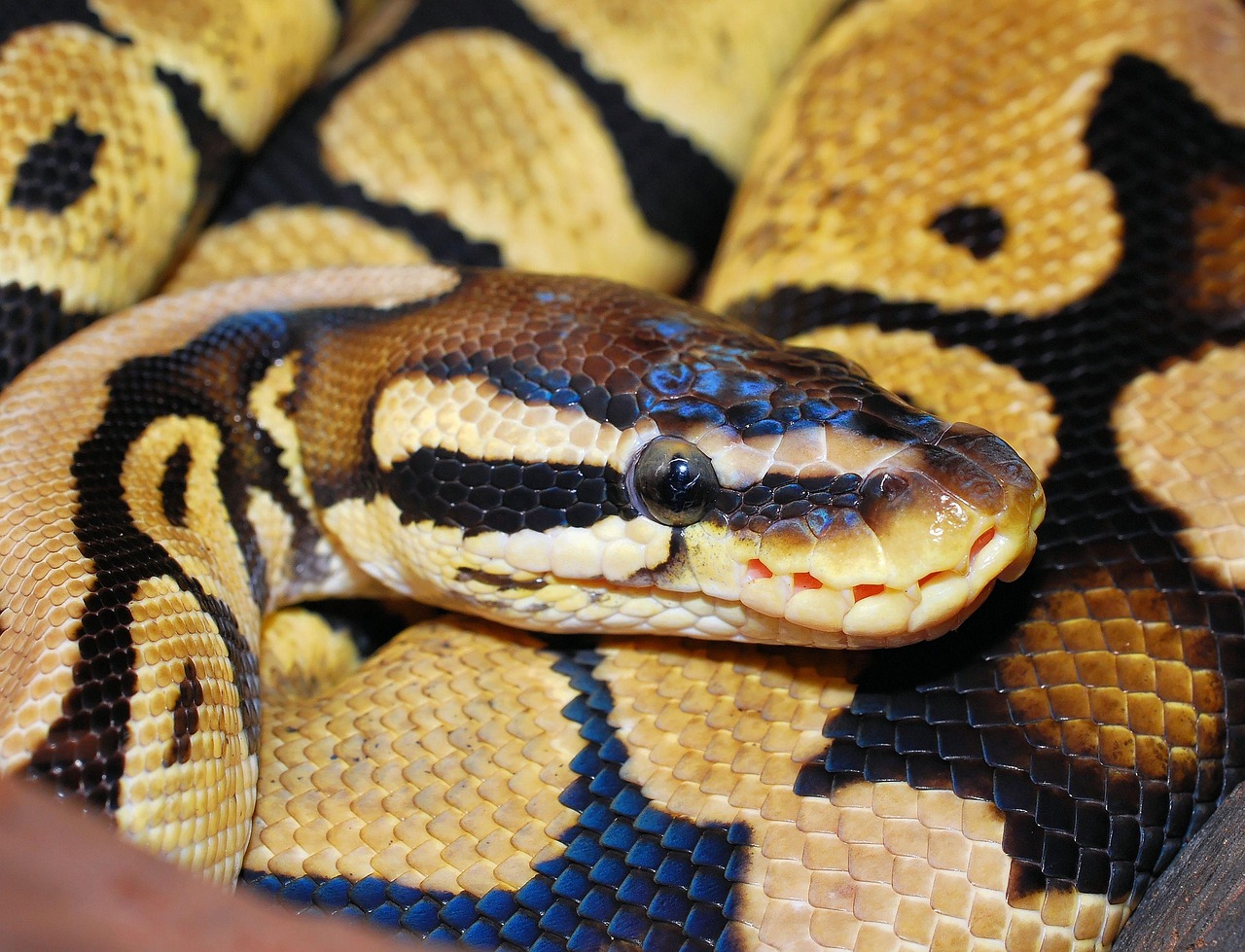

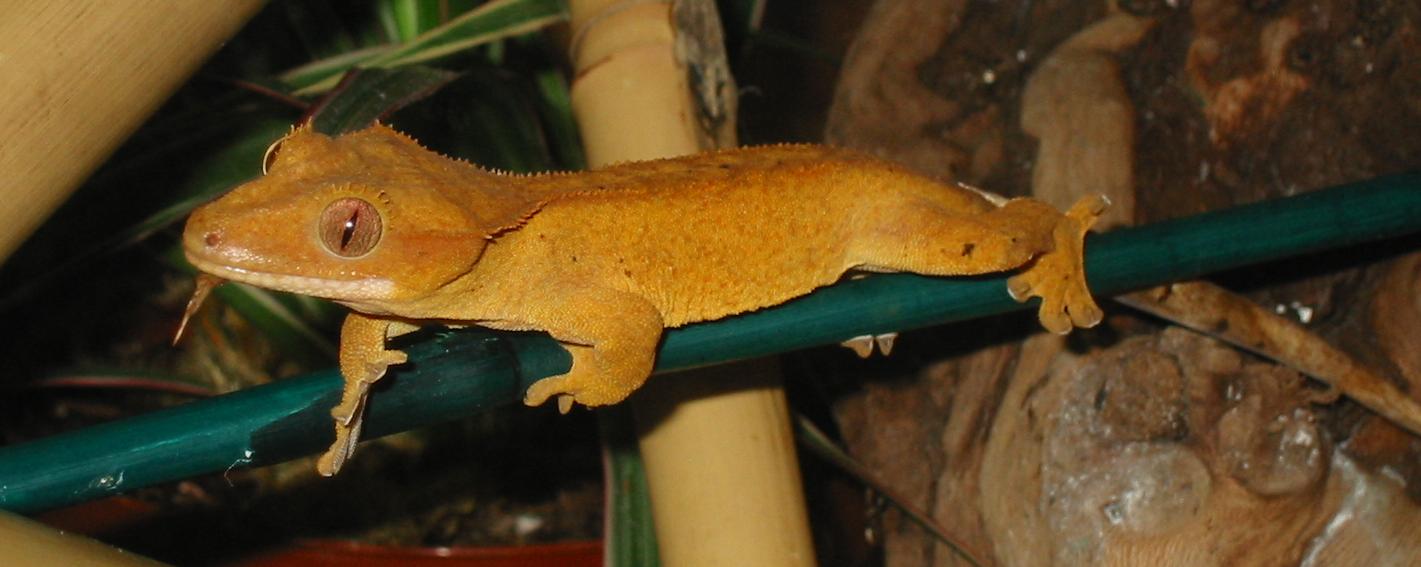
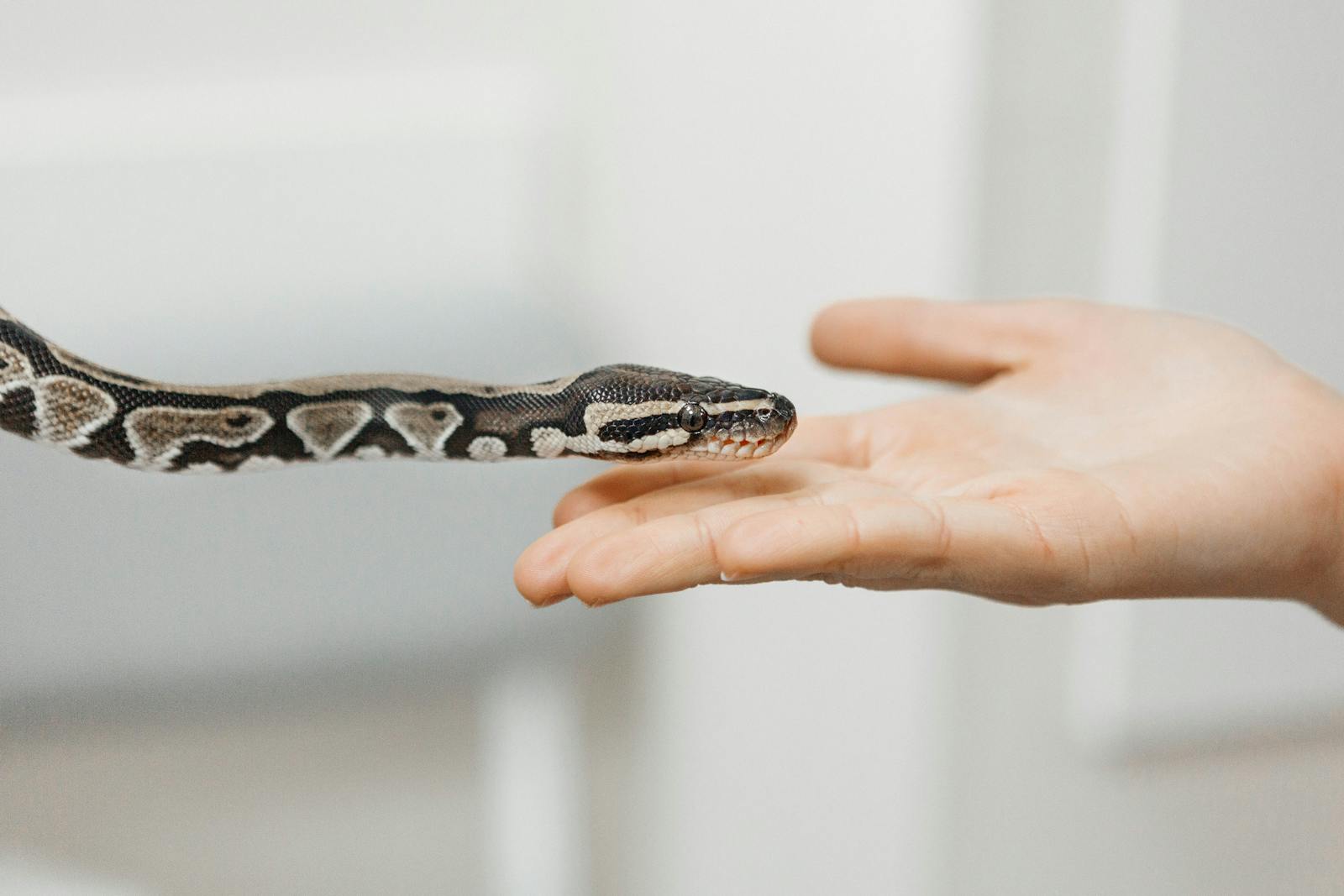

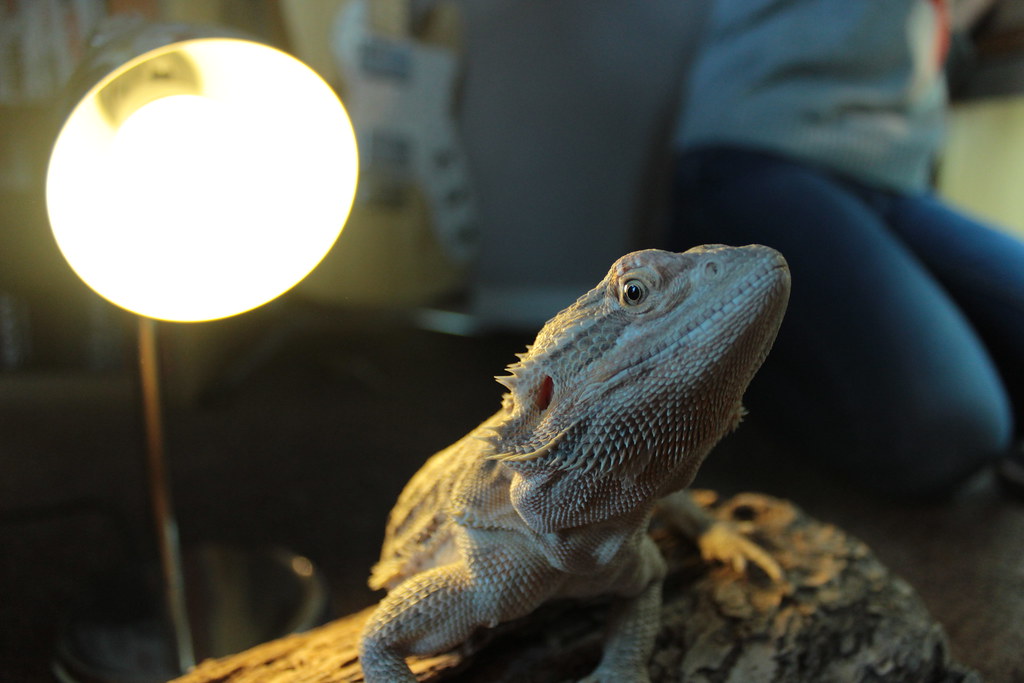
Leave a Reply